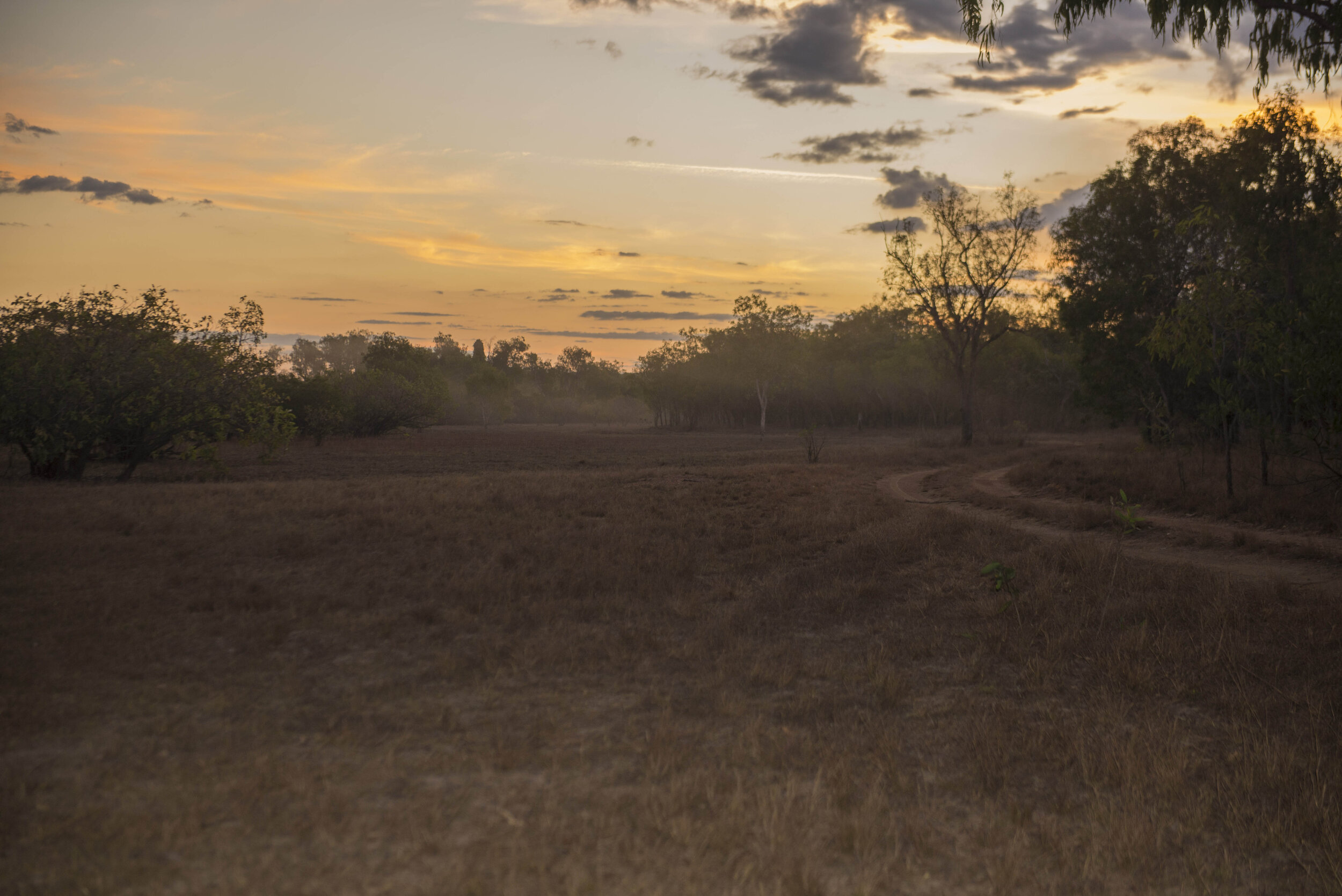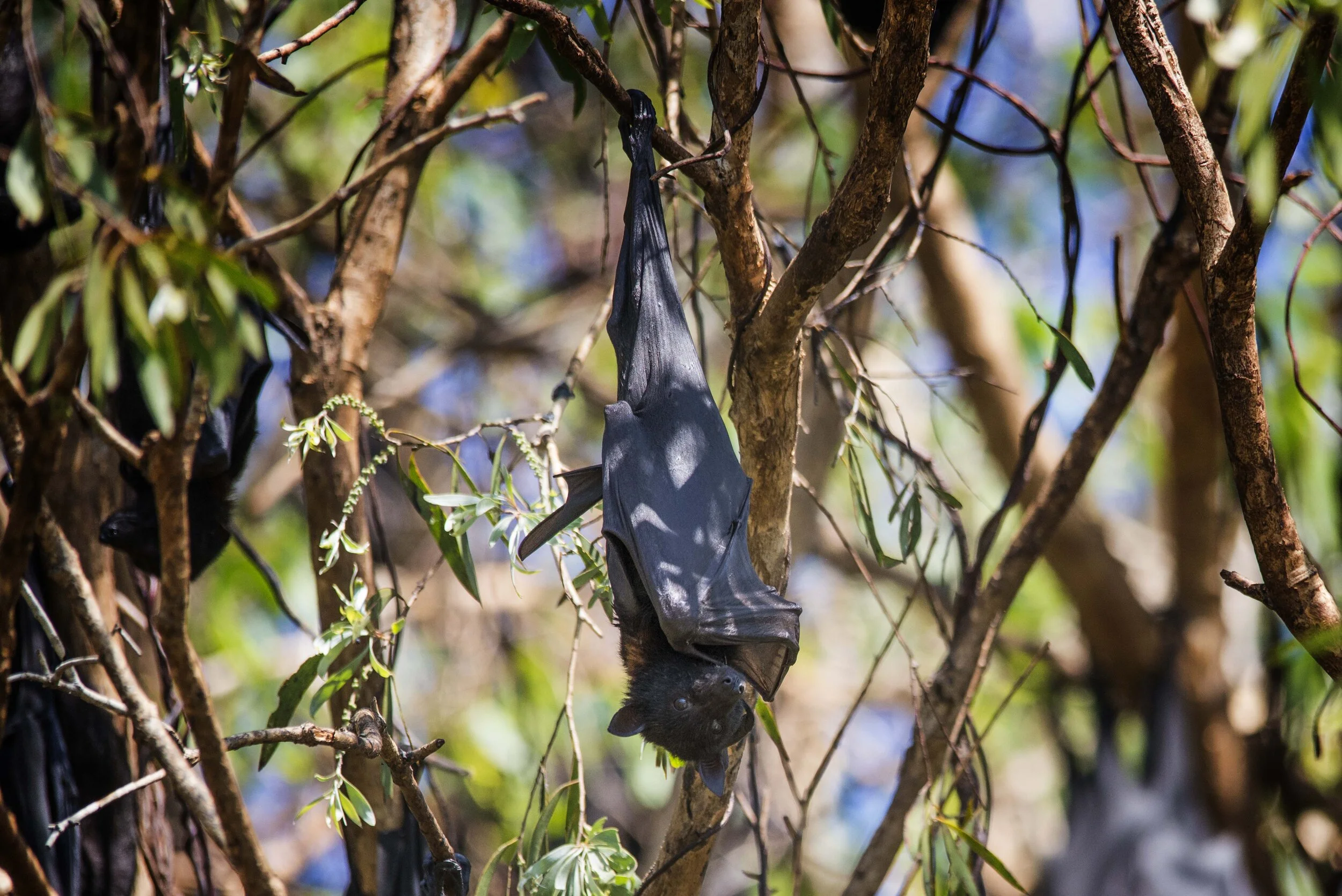Red Lily, Bucket and Alligator Billabong 4WD Track: Kakadu
Water Buffalo
Red Lily, Bucket and Alligator Billabong 4WD Track: Kakadu
Red Lily, Bucket, and Alligator Billabong are the unknown waterholes in the centre of Kakadu. This alone should arouse your curiosity sufficiently to get you out and exploring this area. It provides a good off-road (4X4) experience and a wonderful opportunity to explore these lesser-known billabongs. If you find bush camping, four-wheel driving, and fishing appealing then place this on that list of places to visit and things to do. This trip is a great camping trip for a long weekend.
Red Lily, Bucket, and Alligator Billabong. So what information do we glean from Australian Parks? “Here you’ll find a collection of three secluded campgrounds suited to adventurous travellers. These sites are popular with local fishers but rarely used by those unfamiliar with the region”. The fact that they are rarely used by those unfamiliar with the region may have a lot to do with the lack of signs indicating where to find them.
All three billabongs are located on a dirt road that runs for about 55km from the Arnhem Highway to Jim Jim road. At the time of publication, the section of road from Alligator Billabong to Jim Jim Road (25.6km) was still closed. In late July, the Kakadu Access Report classified the road from Arnhem highway to Red Lily Billabong as 4WD essential. However, once past Red Lily Billabong, and on the way to Bucket Billabong you will find a deep-water river crossing (with 0.9m of water over the road) for which the Kakadu Access Report advises a ‘high clearance 4WD’. None of the three billabongs has any camping facilities. This is bush camping with the only amenities provided being the occasional fire pit.
When bush camping, please take suitable precautions – let your friends know where you have gone, take a satellite phone (if you have one) with you, and wear suitable clothing.
These three billabongs are part of the South Alligator River’s floodplain and are typical billabongs with steep banks, lined with trees shading their brown-green waters. Just 6km away as the crow flies is the well-known tourist destination of Yellow Waters with its large floodplains surrounding the billabong.
“You should always be aware of the risk of a saltwater crocodile attack in all Top End waterways.”
What to Explore Around this Track
Aurora Resort
South Alligator River
West Alligator Head
Four Mile Hole
Two Mile Hole
Getting There
How do you find these Billabongs? Two hours (200km) from Darwin along the Arnhem Highway start to look for a turn-off on the right when heading towards Jabiru. About 36km after the information bay on the highway or 5km before the Kakadu Holliday Village you will need to start looking for this side road. The road is not signed so you need to know where the turn-off onto the track is. Note this area is only open in the dry season.
Camping at Red Lily Billabong
The Track
The dirt track from the highway to Red Lily Billabong is a single-lane dirt road, with little in the way of corrugations and no challenges. The first sign to indicate you are approaching the billabongs is found about 19km down the track at a Y-junction with Red Lily to the left. Take the track to the left and Red Lily Billabong is on your right as you travel along the length of the billabong. The billabong is long and narrow with a wide (200 to 300m) grass floodplain running along its banks. The banks are not overgrown and as such offer reasonable access to the water's edge. The official campsites are towards the end of the billabong. We set up camp on the edge of the floodplain well away from the banks of the billabong and any potential salt-water crocodiles.
The next morning, we ventured on towards Alligator Billabong, leaving Red Lily behind us, and crossed through the only major obstacle on this section of track, the river that is about 0.9 m (July) deep. We continued down the track that can be bumpy in sections due to deep buffalo tracks created in the wet that have now dried in the mud to create a very uneven surface. After a further 5km of travel, Alligator Billabong comes into view. Alligator Billabong has two campsites one towards the northern section of the billabong, separated by a seasonal spillway, and the second on the southern area. As we travel to the southern campground we spot a dingo trotting along in the bush with a large hindquarter of a wallaby in its jaw and followed closely by a solitary juvenile dingo. We travel on exploring the banks of the billabong.
None of these billabongs have dedicated boat ramps and so, if you wish to take your boat out, you will need to find a launch site off the bank. Numerous sites are available along the banks where boats have already been launched, we find a suitable spot and launch a boat to explore the billabong.
We then headed back to our camp at Red Lily Billabong for a late afternoon lunch. Later that afternoon we head out for a sunset cruise on Bucket Billabong. We head back down the same track as that to Alligator Billabong track but then turn off to Bucket Billabong that is 2 km from Red Lily Billabong. The campsites at Bucket Billabong are scattered along its southern banks under tall shady trees and this seems to offer the best camping option on the three billabongs.
We launched the boat and take a cruise along its length. Bucket Billabong is about 1.5km long, narrow, and very deep, with its cool, dark water reaching 11m in depth. The steep banks are tightly packed with tall trees. We spot a large water buffalo on the bank that warily retreats as we approach but once it has some trees between it, and us it stops to watch us, as we watch it. A lazy saltwater crocodile swims by, as the sun dips lower, looking for a spot to ambush its next meal.
As the sunsets, we headed back to camp.






